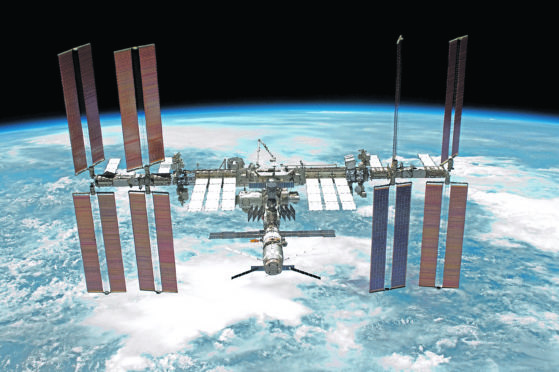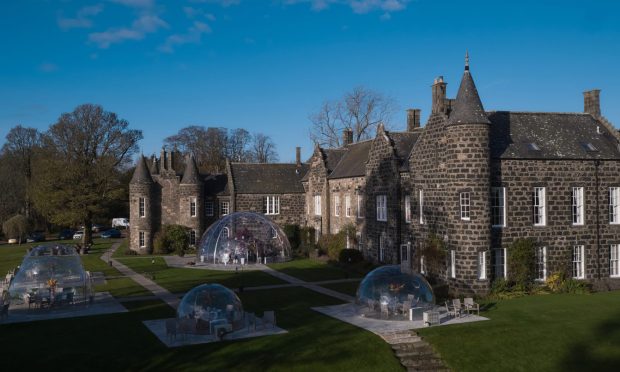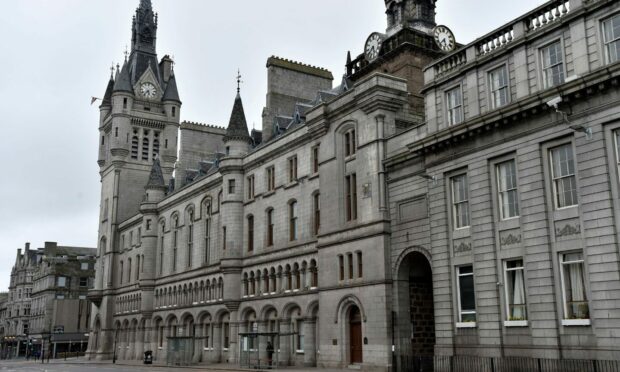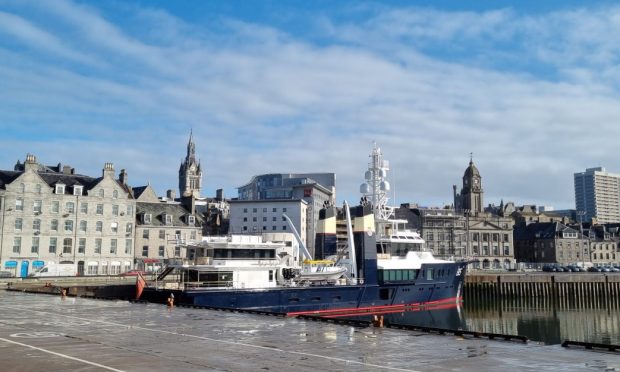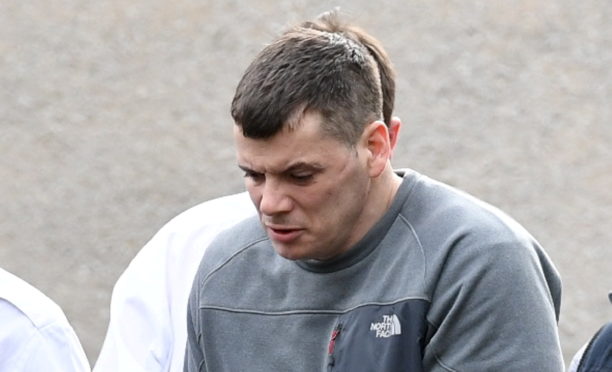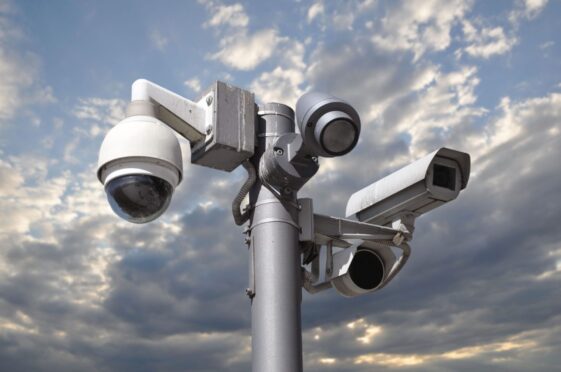Astronauts have begun an extraordinarily complicated series of spacewalks to fix a cosmic ray detector at the International Space Station.
Italian astronaut Luca Parmitano and US astronaut Andrew Morgan ventured out on Friday with dozens of tools and four new pumps for the Alpha Magnetic Spectrometer (AMS).
Nasa considers these spacewalks the most difficult since the Hubble Space Telescope repairs a few decades ago.
Unlike Hubble, the spectrometer was never meant to undergo space surgery, but after more than eight years in orbit, its cooling system is almost dead.
The astronauts will go out at least four times this month and next to revitalise the instrument.
Nasa has described the work as a heart bypass.
During the first of many walks for Expedition 61, the astronauts will position materials, remove a debris cover on the AMS and install handrails in preparation for the subsequent spacewalks.
The spectrometer is searching for elusive antimatter and dark matter. It has already studied 148 billion cosmic rays.
Since December 1998, there have been 221 spacewalks at the International Space Station.
Before each expedition, astronauts undergo a lengthy process of getting into spacesuits that support them as they float into the vacuum of space.
Their suits are pressurised and equipped with a few hours-worth of pure oxygen and water.
Astronauts use their safety tethers to stay close to the spacecraft, which keeps them from floating away into space.
They also tether their tools to their special suits.
Another method of keeping safe includes wearing a Simplified Aid for EVA Rescue (SAFER) backpack.
The pack uses small jet thrusters to let an astronaut move around in space. They are controlled by using a small joystick.
In the event they float away, the SAFER would help them fly back to the spacecraft.
The walks usually last between five and eight hours, depending on the job.
The world record for most spacewalks is held by Russian astronaut Anatoly Solovyev.
He has been on 16 spacewalks and spent more than 82 hours outside in space.
Before undertaking the task, astronauts train for a spacewalk either by walking in large swimming pools or using virtual reality.
If they’re training through virtual reality, they wear a helmet with a video screen inside, special gloves and a video of what they will see during a spacewalk is shown on the screen.
When the astronaut moves, the special gloves allow the movements to be shown with the video.
The simulation looks and feels just like a spacewalk.
